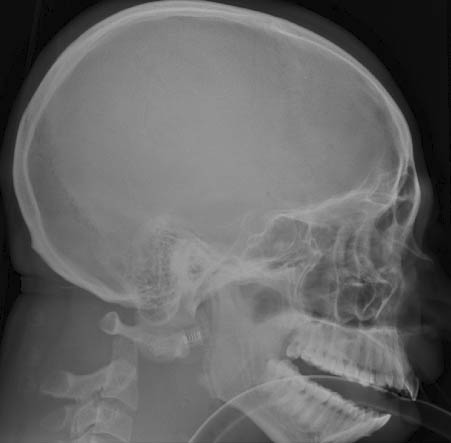The physical exam is an important part of the initial evaluation of trauma patients. Sometimes it actually makes the diagnosis, but much of the time it focuses further studies like x-rays or lab tests. But we can also use it as a tool to avoid further imaging. For example, consider clinical clearance of the cervical spine. A negative exam in a reliable patient allows us to remove the cervical collar.
Can we apply the same thinking to the thoracic and lumbar spines? Many of us do. No pain or tenderness equates to no imaging or log-roll precautions.
The trauma group at LAC+USC looked at this one a few years ago. They studied every blunt trauma patient over a 6-month period, and first determined if they were “evaluable.” This meant not intoxicated, head injured (GCS<15), and no distracting injury (determined very subjectively). All underwent a standard exam of the TL spine by a resident or attending surgeon.
Here are the factoids:
- 886 patients were enrolled, and 218 (25%) were not evaluable using the criteria above
- 11% of the non-evaluable patients were found to have a TL spine fracture by CT, whereas only 8% of the evaluable group did
- Of the evaluable patients, half (29) had no signs or symptoms of fracture
- Of those 29 without signs or symptoms, two had a “clinically significant” fracture. Both were younger (20 and 59). One had a T7 compression and a transverse process fracture, the other a T9 compression fracture. Both were treated with a TLSO brace.
- Of the 27 who could not be examined, 11 had “clinically significant” fractures; 8 were treated with TLSO and 6 with surgery (obviously some overlap there)
Bottom line: So physical exam of the thoracic and lumbar spine sucks, right? Not quite so fast! First, this is a small-ish study, but with enough patients to be intriguing. The biggest issue is that we don’t really know what is “clinically significant.” Treatment of stable fractures of the spine is controversial, and our friendly neighborhood neurosurgeons vary tremendously in how they do it. Ask five neurosurgeons and you’ll get six different answers.
Braces are expensive, and the optimal choice is not clear yet. At my hospital, we are treating select ones with a binder for comfort or a simple backpack brace. The fancier ones like the TLSO easily cost over $1000!
At this point, I recommend that you use a good blunt imaging practice guideline like the one below, coupled with a good physical exam. If the patient has sufficient mechanism to break something (which decreases with patient age), then image them. If they don’t, but have an abnormal exam, image them anyway. And we’ll wait for the next bigger/better study!
Related posts:
- Practice guideline for imaging blunt trauma patients
- Video: clinical clearance of the cervical spine
Reference: Clinical examination is insufficient to rule out thoracolumbar spine injuries. J Trauma 70(1):174-179, 2011.


